Winter Driving Tips for Truck Drivers
Winter weather is one of the most challenging driving conditions for truck drivers.
It brings icy roads, low visibility, heavy rain and a lot of snow on the road.
Knowing some safe winter driving tips and tricks can be invaluable for truck drivers.
1. Winter Equipment
It’s of higher significance to own accurate winter equipment before heading on the road.
❄ Winter Tires
Winter tires are recommended because they help support the truck traction and safety features.
Unlike regular tires, the rubber in winter tires doesn’t harden as much with cold temperatures.
The rubber on winter tires remains flexible.
They also have specific patterns that feature full-depth tread that better disperses snow and sleet to improve traction.
These tires come with thousands of “biting edges” (microscopic slits) to help continue a firm grip on icy roads.
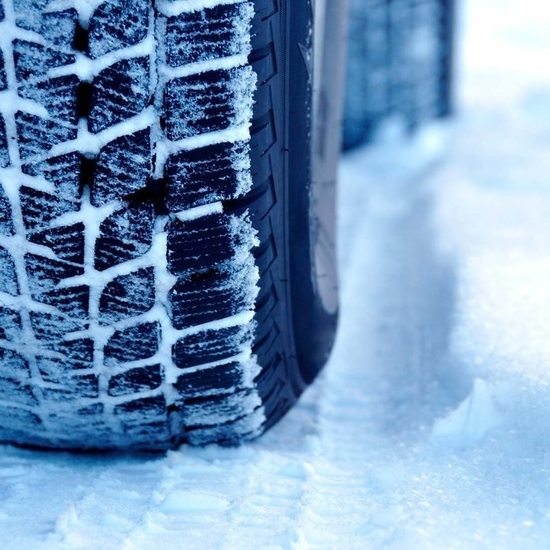
❄ Ice Shaper
The front and side widescreens must be clean from ice and snow.
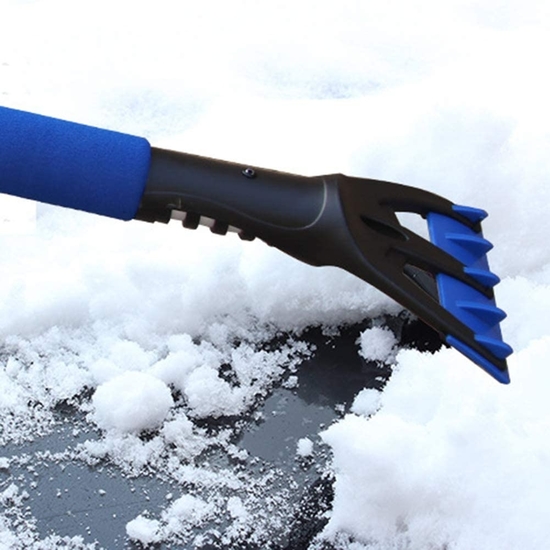
❄ Shovel
Snow storms in the mountains or northern parts of the U.S. can easily make parked trucks immobile.
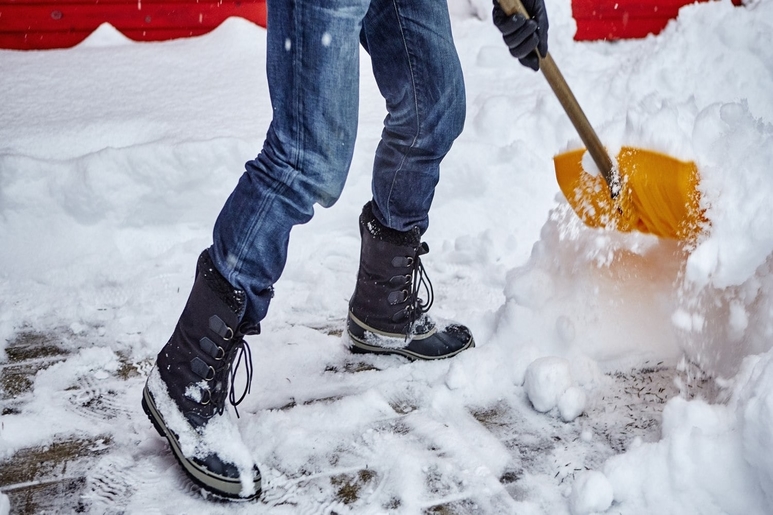
❄ Jumper Cables
Dead batteries are a common problem during winter.
To jump-start the truck, another vehicle and jumper cables are essential.
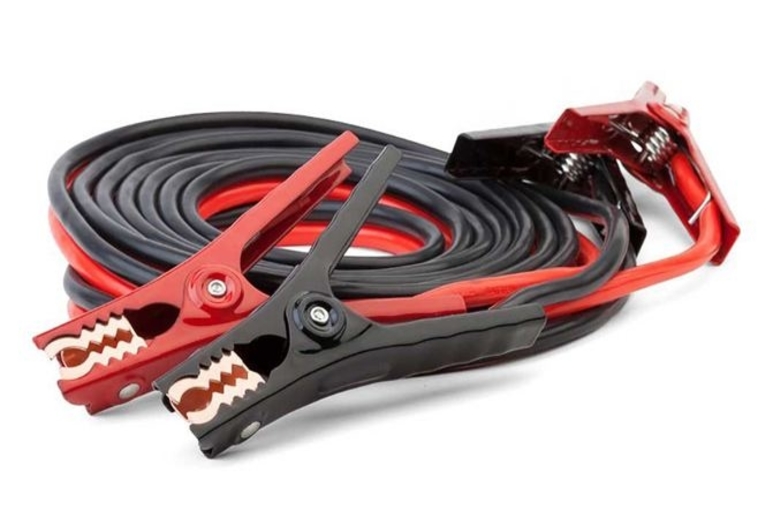
❄ Flashlight
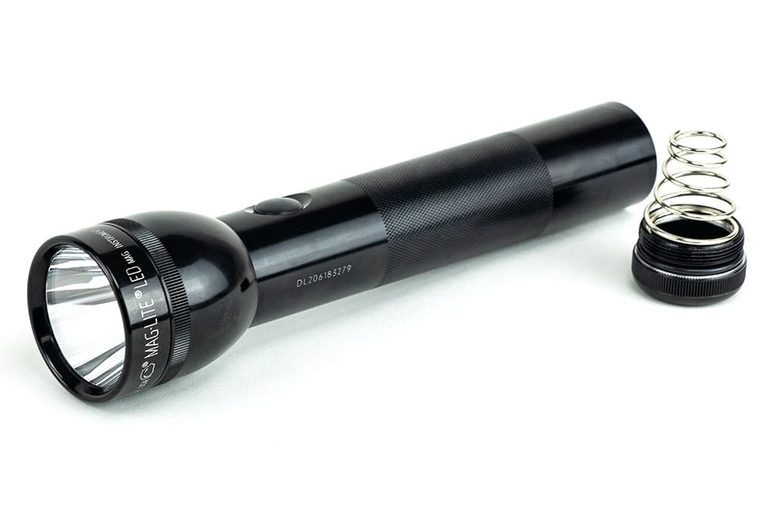
❄ A warm blanket, leather gloves, jacket and warm clothes
Stock up extra warm and waterproof clothes for winter.
For overall comfort an additional set of blankets is important for cold weather.
Thinking about sleeping arrangements, a sleeping bag will help to keep the cold away.
A pair of leather gloves will help to battle the cold mornings and frozen hands.
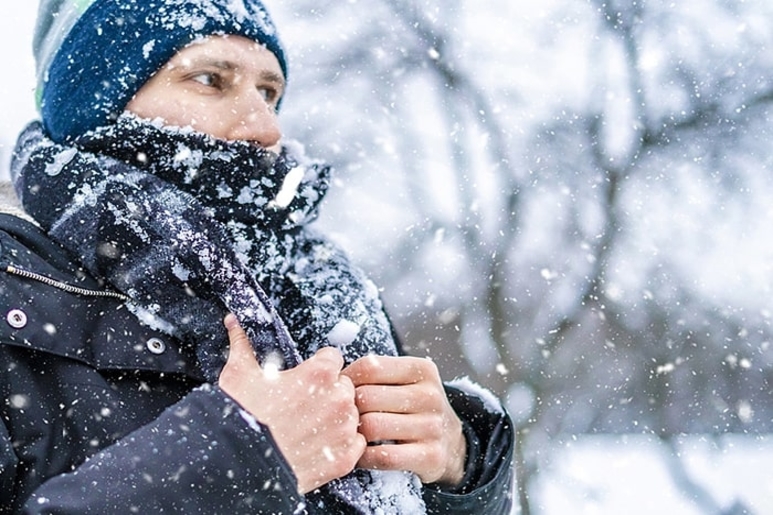
❄ Food and Water
Being prepared for driving in winter conditions also means having extra food and water in the truck cab.
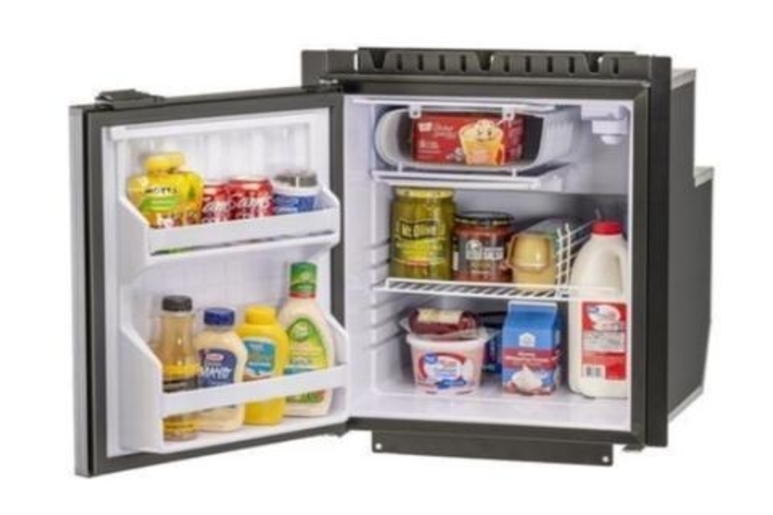
❄ Tire Chains
Tire chains are devices that provide maximum tractions when driving through snow or over ice.
They also improve the braking ability.
Some states have mandatory chain laws that require truckers to use chains at different times of the year.
This varies from state to state, but there are also signs along the highways to inform when the driver is supposed to chain-up.

2. Inspect the Truck
During winter, the regular check-ups on the truck need to be slightly altered.
Before entering the road, the driver needs to check:
❄ Tires
Their balance, wear and appropriate pressure.
Tire balancing makes sure that weight is properly distributed.
Commercial truck tires are intentionally created so that the optimum tire footprint is vital to long tread life and good fuel economy.
Lower temperatures mean lower tire pressure, so the tires need to be inflated more often during the cold weather months.
>❄ Battery
Their power and charging system.
In cold weather batteries often, power cab loads overnight before cranking the engine in the morning.
The colder the battery is, the less efficient it is.
During the preventative maintenance checks, the batteries should be checked twice a year.
Once during the fall before it becomes cold and once in spring before it becomes very hot.
Batteries need to be cleaned, because grime builds up around the terminals.
That makes a path for electrical flow, which in turn allows the batteries to self-discharge.
❄ Windshield Wiper Blades
They are very functional feature for the truck and need to be free from snow and ice.
When driving through snow, the driver depends on the wiper blades to keep the vision clear.
Wiper blades need to be kept from freezing to the windshield.
The most commonly used tip for this is by simply wiping them with alcohol.
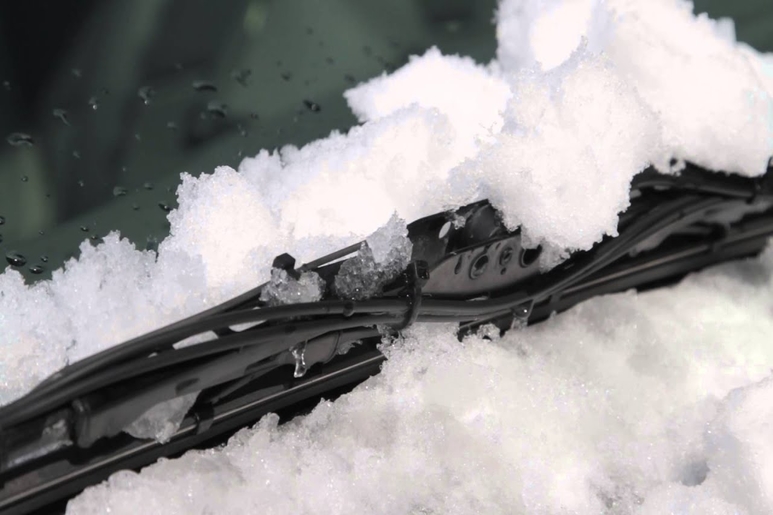
❄ Fluid Levels
Always full to the top.
Fluid levels that need to be checked are engine oil, brake fluid, transmission fluid, coolant, power steering fluid, and windshield washer fluid.
This helps with maintaining a good fuel economy.
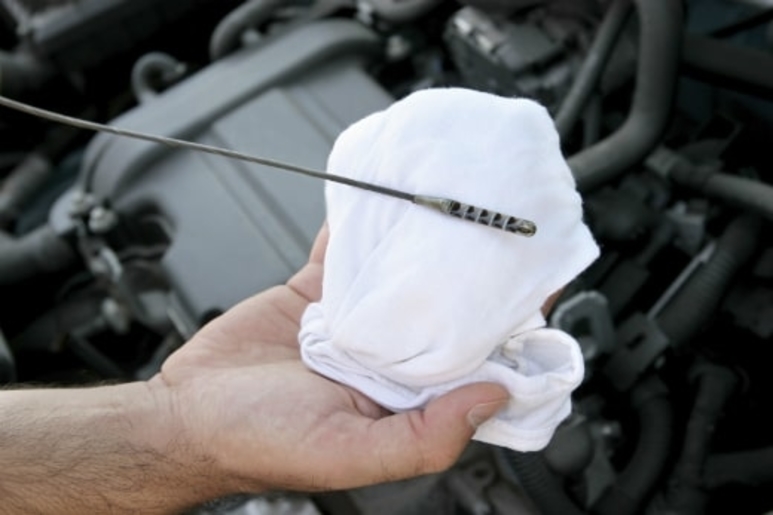
❄ Tank of Gas
The tank of gas should be full at all times.
Sometimes winter trips can take longer than expected, so it`s better to have a full tank of gas.
Also, full tank gives extra weight over the drive tires which helps to give extra needed traction.
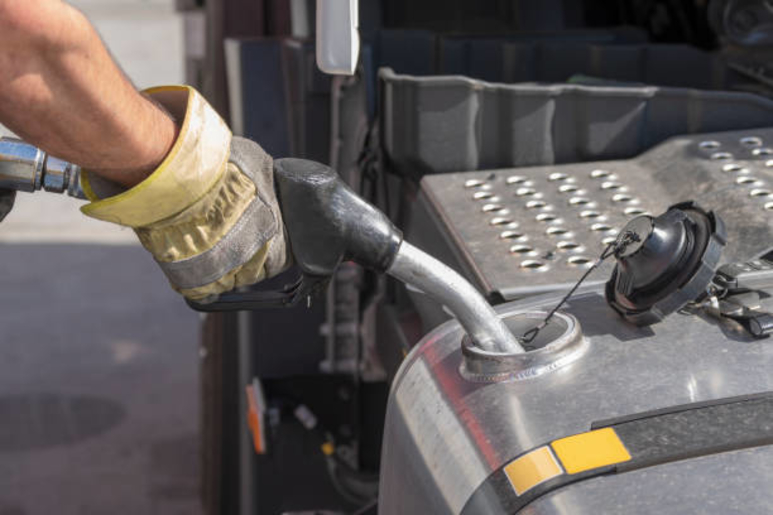
❄ Lights
Make sure all of the lights are fully functional.
The truck lights need to have highest visibility and to be planned to resist freezing temperatures.
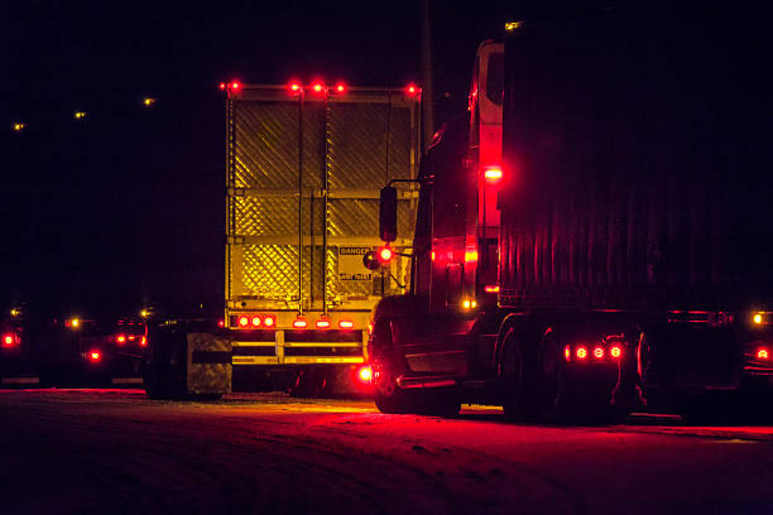
❄ Exhaust Pipe
If the exhaust pipes get covered with snow, or dirt, grease and rust, it affects the efficiency of the vehicle.
❄ Defrosters
The heating and cooling systems in the vehicle keep warm while driving, reduce the moisture and clear the windows and windshield of fog and ice.
3. Check the Weather
Driving in bad weather, especially in snow and on ice, is risky due to more ‘stop time’ required, poor visibility, poor traction and the increased unpredictability of other drivers on the road. Thus, it’s a major problem truck drivers face.
It is important to check the weather before getting on the road, so drivers can be prepared for any situation.
The newest GPS systems, as well as radio can keep the drivers up to date for any weather changes.
Drivers should adapt the driving style, when driving in poor weather conditions, especially on snow-covered or icy roads.

4. Cautious Driving
Implementing proper, preventative safety skills for driving in poor conditions, can truly distinct the professional drivers.
Over the 17% of all crashes occur during winter times.
❄ Slow Down
Because of their heavy weight, trucks can`t quickly react to out-of-control vehicles, ice slicks, snow pileups, and other road hazards.
Sudden, sharp movements cause to lose control over the truck – hard acceleration and braking decreases traction.
Speed is a big factor in most of the accidents.
The speed signs are intended for dry roads and good weather conditions.
That means that drivers need to lower down their speed to allow extra reaction time.

❄ Extra Distance
Truck drivers need to maintain safe distance between the truck and other vehicles on the road.
There are three things that add up to total stopping distance:
Perception Distance + Reaction Distance + Braking Distance = Total Stopping Distance
Perception Distance = the distance the vehicle travels from the moment eyes see hazard until the brain recognizes it.
Reaction Distance = the distance when the brain tells the foot to step on the accelerator until it actually pushes the brake.
Braking Distance = the distance it takes to stop the brakes.
Total Stopping Distance = increased speed affects the stopping distance. Heavier vehicle requires more work for the brakes to stop the vehicle.

❄ Use Turn Signals
When truck driver properly uses signals, other drivers on the road can carefully slow down their vehicle to avoid accident.
There is a good rule of thumb which relates to using the blinker at least five seconds before turning or switching lanes.
❄ Bridges
Because of their elevated structure, bridges usually freeze first.
They are not properly treated with salt or sand on the surface to avoid the freezing.
Drivers need to approach these areas with extra caution to avoid spinning or losing control over the vehicle.

❄ Blind Spots
Blind spots are zones to the side of a vehicle that can’t be seen in the rearview or side mirrors.
Due to their size, semi-trucks have blind spots that are bigger than the average vehicle.
This is very important while trucking on winter roads.
A trucker that is not able to see another vehicle around them may indicate a sudden decision that doesn’t take the other vehicle into account.
Staying in full view of a semi-truck driver helps ensure a driver’s safety and everyone else on the road.
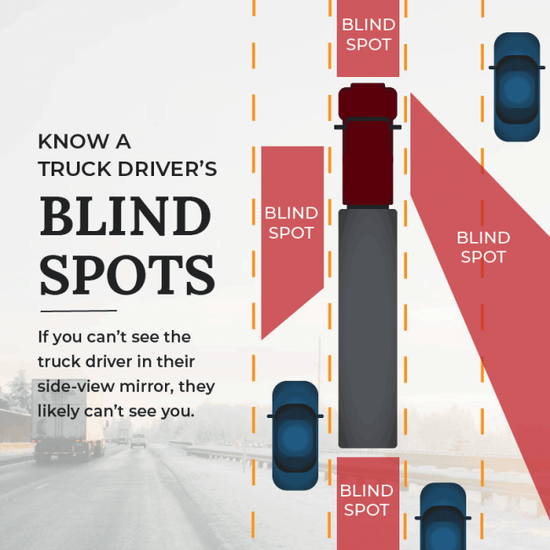
5. Be Mindful of Hazards
❄ Black Ice
If the road looks wet but doesn’t emit much spray, then it probably is black ice.
Black ice is a thin layer of ice.
The general rule is to do as little as possible and allow the truck to pass over the ice.
It is not recommended to hit the brakes, panic or overreact. Just hold the steering wheel straight.
If the other drivers do not see the black ice, then leave a plenty of space in front of the truck.
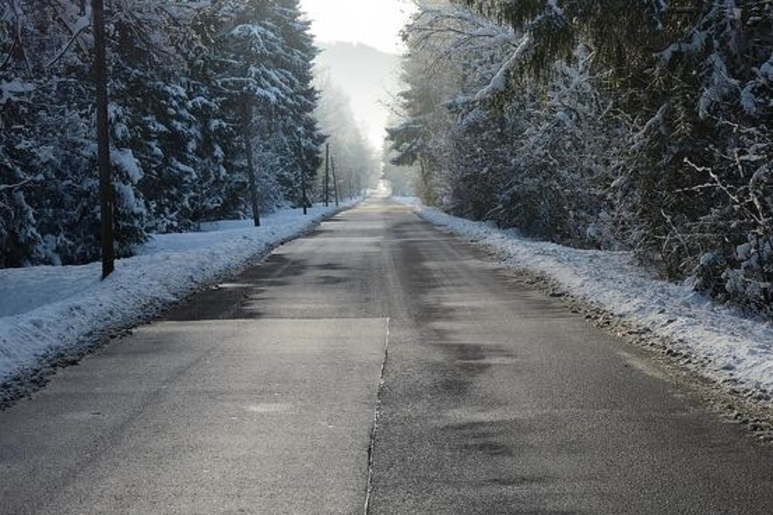
>❄ Fog
Fog is a difficult situation to drive in.
Heavy and thick fog limits the visibility.
Drivers need to turn on the lights and slow down the speed.
Use low-beam headlights and fog lights for best perceptibility.
Lights should be on even in the daytime fog so the other drivers can see the truck.
It is important to be seen in a weather like this.
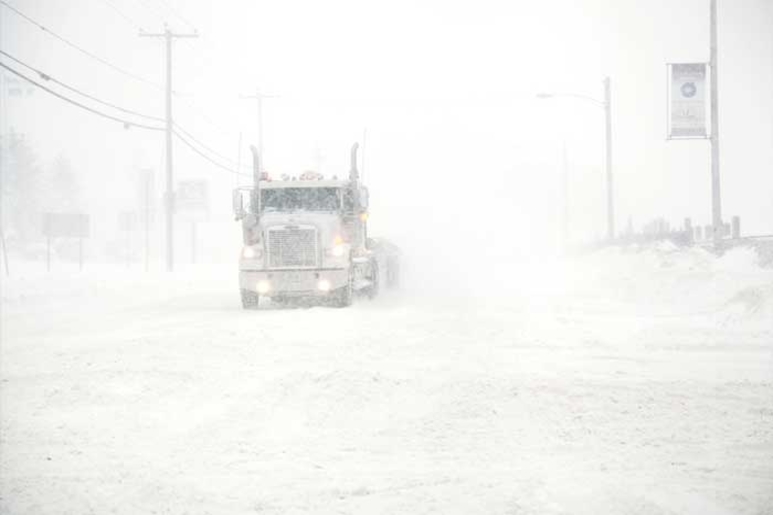
❄ Heavy Rain
The rain makes the road more slippery.
Knowing that, trucks need more time to brake since the tire`s grip on the road is reduced.
Heavy rain can affect even the most experienced truck drivers.
Therefore, the drivers need to lower the speed to offset the loss in traction.
Less use of the brakes, so the chance of spinning out of control can be eliminated.
The rain also limits the visibility. From a large truck is difficult to see the blind spots in the rear, front, and sides.
The weight distribution also affects the slippery conditions.
The lightest part on the truck is the bed.
That makes the back lighter than the front, which can cause rear slides in the rain.
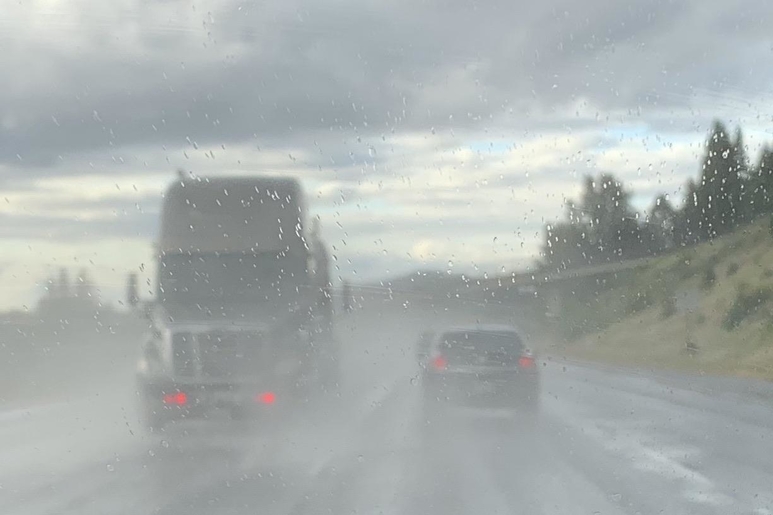
6. Entering and Leaving The Truck
It is very common for truck drivers to fall and injure themselves by underestimating just how slippery their vehicle’s steps are.
When entering the truck, always face it.
Use the grab bar to help you climb it.
You can use the seat also or another fixed object.
Do not use the steering wheel unless it is locked because it can suddenly turn and you can lose the balance.
When exiting the truck, examine the ground where you are supposed to step on.
Look out for ice, water or uneven surfaces. Face the vehicle and step down backwards.
Hold onto the grab bar.
Use all the steps until you step on the ground.
7. Know When To Stop The Truck
If conditions become sufficiently dangerous, operating the truck should be discontinued.
It should resume until the vehicle can be safely operated.
Under the Surface Transportation Assistance Act (STAA), truck drivers have the right to refuse to operate their commercial vehicle, free of employer repercussions, when there is a possibility of serious injury to driver or the public because of the unsafe driving conditions.
However, the Act does not offer a guidance on what it is considered as extreme hazards.
The drivers are advised to fully document their reason for stopping.
It is also essential to inform the dispatcher in written form to create a record.
The documentation should include:
- Photos of the encountered weather conditions, stopped vehicle or any accidents and driving conditions
- Reports of weather on news or The National Weather Service
- Name, address and telephone information of any other drivers encountering the same decision to stop.
Conclusion
Even though the bad winter weather is out of anyone`s control, driving a truck during this time can be well organized with less risk of accident.
Understanding the challenges that truck drivers face during winter condition and implementing the winter truck driving tips, can surely make the roads much safer.



